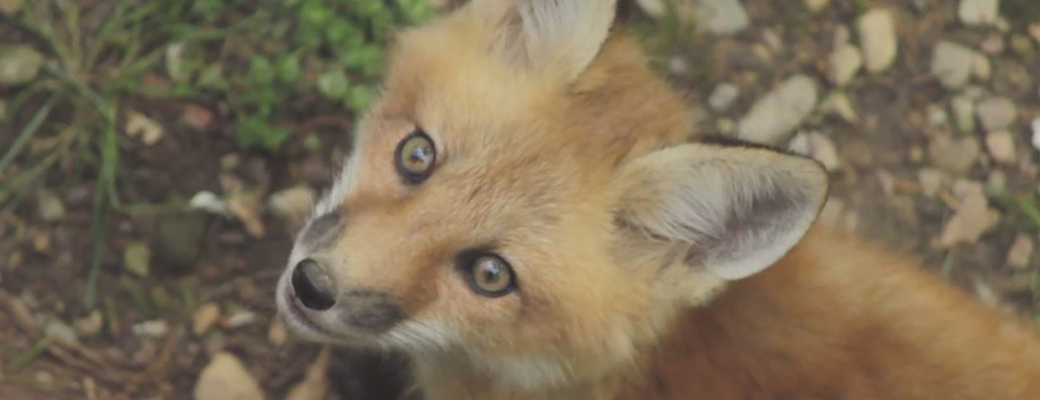Do wild Fairfield County animals have emotions?
Any pet owner will tell you what biology took a long time to finally believe: animals feel emotions.
For most of us, that’s not a hard concept to grasp. Dogs, cats, mice, and even Fairfield County birds have completely different behavior when happy, sad, angry, or afraid, all of which humans intuitively understand. It seems odd that our own, highly emotional brains would be lying to us by saying that animals feel the same as we do.

Biologists, however, didn’t always think this way. It wasn’t that no one thought that animals could feel, but that the idea of ‘animal feelings’ wasn’t one that had any good definition. Consider a dog circling three times before lying down on a bed – is he trying to make himself comfortable? Is he OCD? Hardly – it’s an instinctive behavior, likely linked to the need to pad down the grass that would have been the bedding of his ancestors.
Of course, if something like that is simply instinct, how much of the behavior we see in Connecticut pets every day is also instinct? If a pet bonds with its owner, is that a reflection of actual emotion, or just instinct keeping the animal alive?
Long story short, biologists didn’t like to talk about animal emotion at all. At least not until recently.
Fact is, the evidence for Fairfield County animal feeling is so overwhelming now that most biologists can’t possibly argue otherwise. Once we started looking directly into animal brains, the evidence was clear.
Consider empathy – I’m sad, you see it, and you’re sad as well. We take on the emotions of our surroundings. It’s due in part to what neuroscientists call ‘mirror neurons,’ and animals have them as well. A pride of lions will sit and mourn a fallen comrade. Elephants will grow noticeably sad and depressed when a family member dies. Orca whales will make long-distance, mournful calls after being separated from a child in captivity, and they’ll refuse to eat.
Animals experience depression. Elephants, believe it or not, experience PTSD – no joke. Certain monkeys won’t eat if they discover, during controlled tests, that their eating hurts another monkey.
Examples are far too numerous to catalog in full. But perhaps the greatest recent example is this: Connecticut rats like to be tickled. Again, no joke – because at least one man’s entire career revolved around it. Neuroscientist Jaak Panksepp made his living tickling rats, and observing their behavior and brain activity. The rats, it seems, loved being tickled, and would bond with him to get more of it.
It’s a good enough discovery in itself, but Panksepp’s work changed one thing – we no longer think emotions are strictly a result of higher brain activity. Feelings don’t come from the outer, most advanced layers of the brain, but from places more primitive. Play, panic, fear, lust, rage, and love were all present in Panksepp’s rats, as they are in elephants, monkeys, and in ourselves. We just articulate them more clearly.
It turns out you were right about your Fairfield County pets.
Visit our Fairfield County wildlife removal home page to learn more about us.

